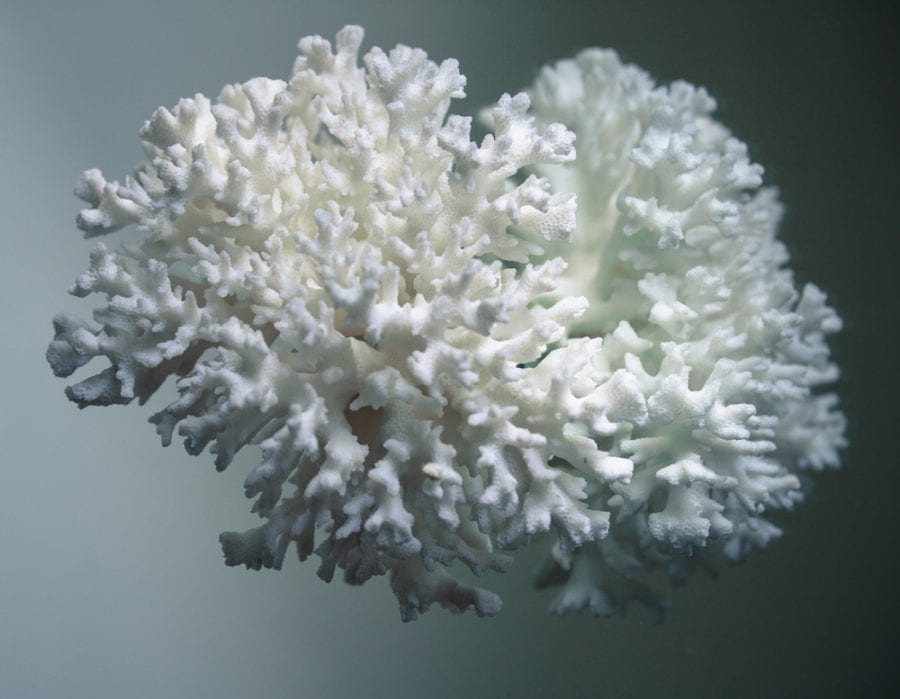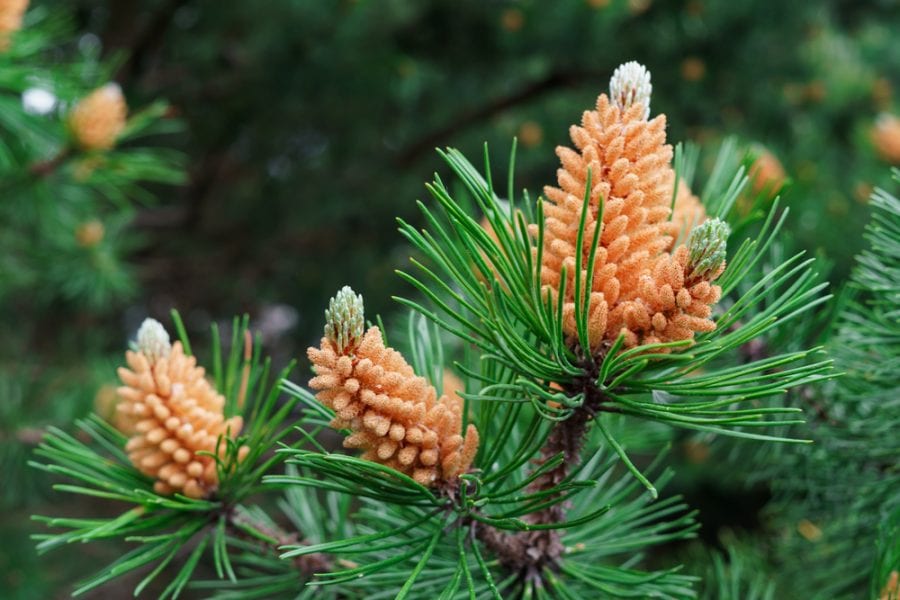Fighting Lyme Disease: Natural Strategies for Support & Prevention
Lyme is a disease more silent and unnoticeable than even some neurological disorders, autoimmune diseases, and thyroid disorders. Some could even say it’s more unnoticeable than cancer.
The disease can lay dormant only to bring recurring and debilitating symptoms.
Though it’s not fatal, Lyme disease nevertheless may severely inhibit and limit one’s quality of life. It causes pain, fatigue, neurological dysfunction, and much more— sometimes for many years after getting the first infection, even if its earliest symptoms are treated and beaten in some cases.
Fortunately, the world of nature has some options for those facing Lyme disease.
These come in the form of certain research supported herbs, mushrooms, lifestyle habits, diet changes, and much more.
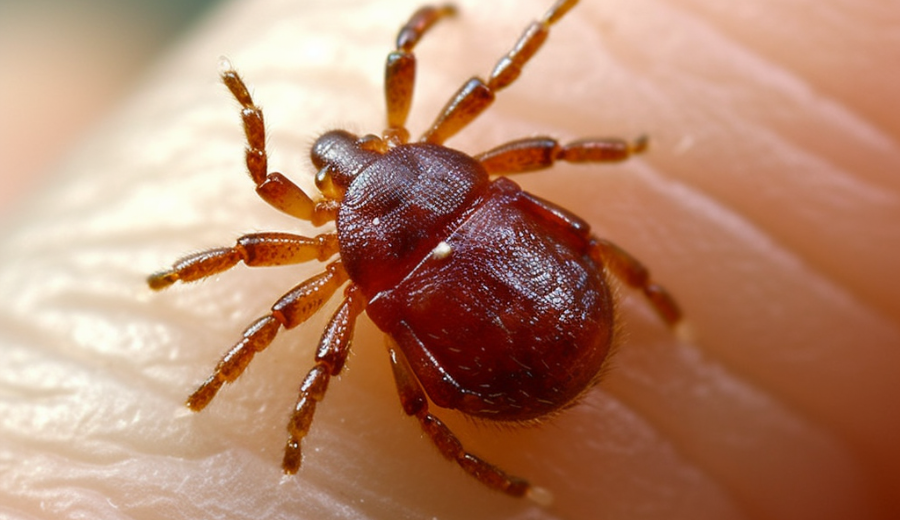
WHAT IS LYME DISEASE?
Lyme disease is an epidemic in certain places, but it isn’t everywhere. For this reason, some people may have heard of the illness—but not all are sure exactly what it might involve or look like because it is still widely misunderstood.
Lyme disease is an infection that is introduced by certain bacteria.
The bacteria in question is scientifically known as Borrelia burgdoferi, which can be spread by certain species of tick, a parasitic arachnid commonly found in tall grasses near woodlands.
When these bacteria get introduced to the bloodstream, Lyme disease may develop shortly after that. It can also extend further into long-term chronic Lyme disease when (and if) infections reoccur.
HOW DO YOU GET LYME DISEASE?
People contract Lyme disease by getting bitten by ticks, specifically deer ticks (Ixodes scapularis).
Getting bitten is most likely to happen when trekking through grassy or forested areas while wearing clothes covering the entire body. Bites can unnoticeably occur if people aren’t keeping a close eye on their skin.
This is especially the case with deer ticks, the likely vector to carry this tick-borne disease (and they’re especially unnoticeable being roughly the size of the head of a pin).
Bites from ticks carrying Borrelia bacteria spread it immediately to their hosts.
The body’s response to the bacteria is what constitutes Lyme disease. The bacteria itself is not the disease.
Not long after the infection is introduced, the earliest symptoms of Lyme disease will begin to appear.
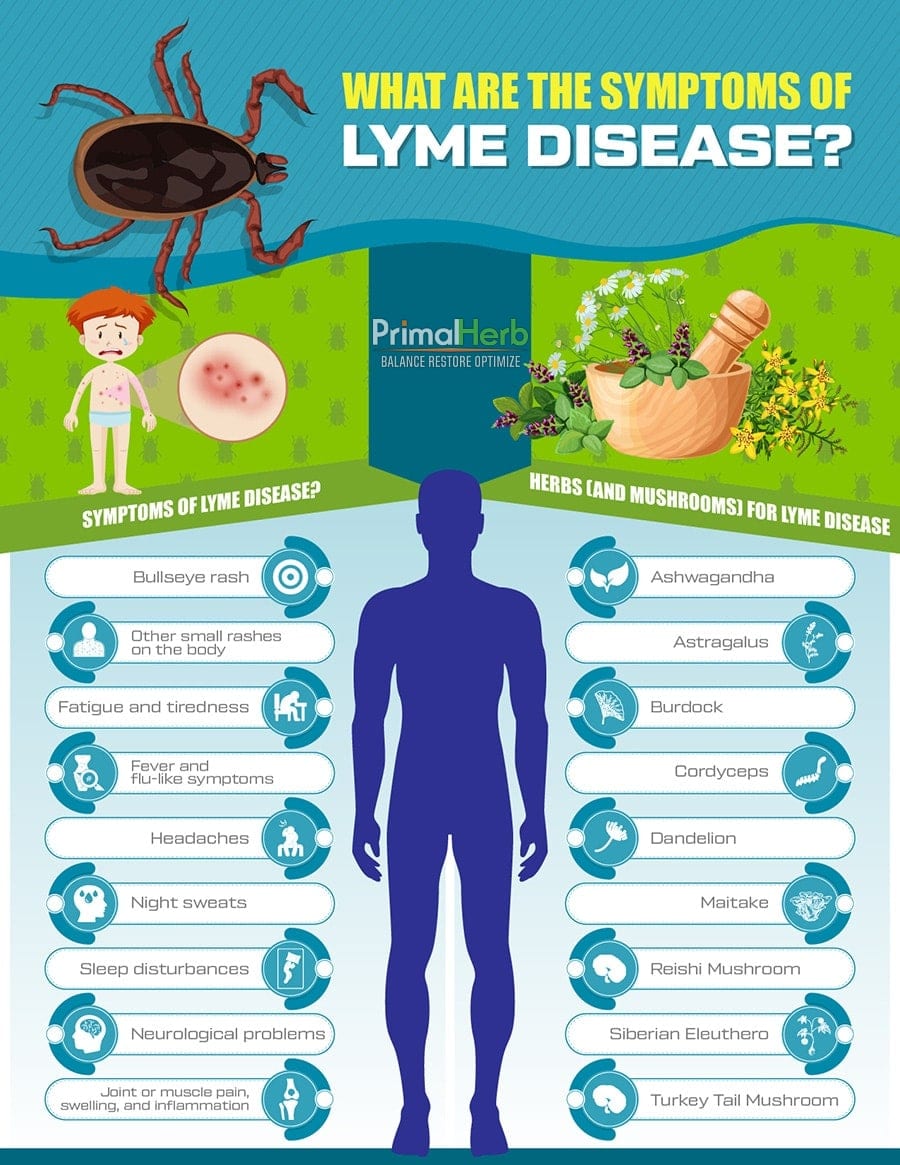
WHAT ARE THE SYMPTOMS OF LYME DISEASE?
Like other under-researched and misunderstood illnesses out there, symptoms of Lyme disease often go unnoticed—both by doctors diagnosing symptoms, and those who are experiencing the symptoms firsthand.
Symptoms fall into two categories: early (or acute) symptoms, and long-term chronic symptoms (sometimes called early or late disseminated clinically). The most common and well-known symptom is the classic Lyme disease rash, though there are many other symptoms, too.
Early (and Treatable) Lyme Symptoms Include:
- Bullseye rash
- Other small rashes on the body
- Fatigue and tiredness
- Fever and flu-like symptoms
- Headaches
- Night sweats
- Sleep disturbances
- Neurological problems
- Joint or muscle pain, swelling, and inflammation
- More
These symptoms can arise again after one’s initial infection with Lyme, sometimes even if it is treated. The risk of reinfection rises if the disease is not thoroughly or adequately addressed at the outset.
IS LYME DISEASE CURABLE?
If Lyme disease is caught in its early stages, the answer is yes. With the right treatments (typically antibiotics, though sometimes other medicines are used), Lyme can be completely remedied.
But if people wait too long—or if the disease is misdiagnosed—it may not be.
Symptoms like joint or muscle pain, fatigue, mental difficulties, and long-term neurological issues will arise (and even worsen) if Lyme isn’t adequately treated. In some cases, the disease can spread and settle into the central nervous system or even the heart. When this happens, Lyme will be much more challenging to treat and manage.
HERBS (AND MUSHROOMS) FOR LYME DISEASE
Owing to the fear (and high probability) of Lyme becoming chronic, an early diagnosis (possible by blood tests) and immediate treatment following tick bites are essential for stopping Lyme at its worst.
Risk-reducing methods to cut down chances of infection are important, too.
Immediately following a bite, antibiotics and other medicines can help halt the illness in its tracks. However, these medicines may come with certain risks and side effects—especially antibiotics and the hazards they pose to digestive health when taken for 2 to 3 weeks at a time (the recommended course for Lyme).
Interestingly, some studies and research (helped by longstanding records of traditional use, too) have pointed in the direction of botanical remedies—herbal and otherwise—being helpful for both reducing the risk of and managing the disease.
Though there are many herbal supplement candidates for Lyme, we’ve found the following to number among the best.
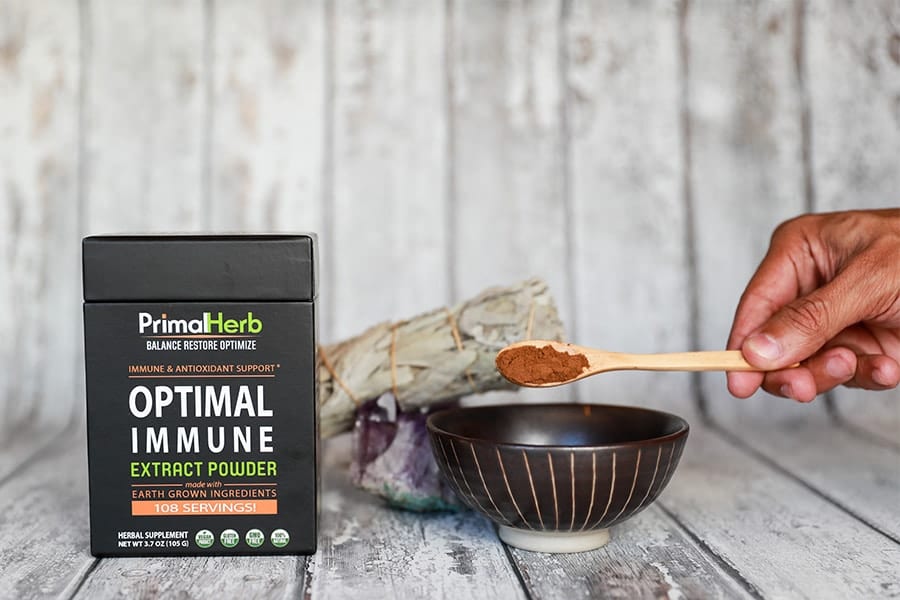 Learn More About Optimal Immune – Click Here
Learn More About Optimal Immune – Click Here
ASHWAGANDHA
It’s easy to associate ashwagandha with a colorful and tropical background, especially considering it’s a widely known Ayurvedic herb from India.
Even stronger are ashwagandha’s associations with the immune system.
Though antibiotics can indirectly help the immune system fight off infections by killing bacteria (including the Borrelia bacteria that causes Lyme), another helpful measure—both for reducing the risk of a Lyme outbreak and helping manage symptoms holistically—may be to boost the immune system naturally, which can help fight off the bacteria more successfully.
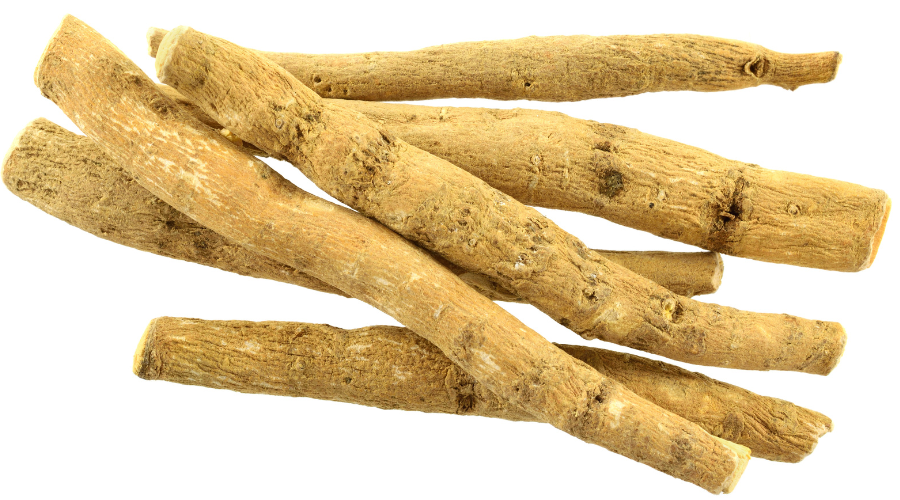
As it so happens, ramping up immunity is precisely something that ashwagandha is known to do.
Better yet: ashwagandha is a featured herb in supplement blends that have been tested for their ability to reduce the risk, fight, and manage Lyme in this major open-label study. Most importantly, ashwagandha proved to be reasonably effective against helping shut down Lyme when all was said and done, though more research on the herb is needed.
ASTRAGALUS
Like ashwagandha, astragalus has its own virtues in the world of health. It’s known to have many amazing benefits too, including immune-boosting powers.
Astragalus might also have a hand in strengthening the immune system to help fight off Lyme disease. It may be able to do this by supporting the immune system’s own ability to kill the Borrelia bacteria infection on its own, which could stop an outbreak following a bite.
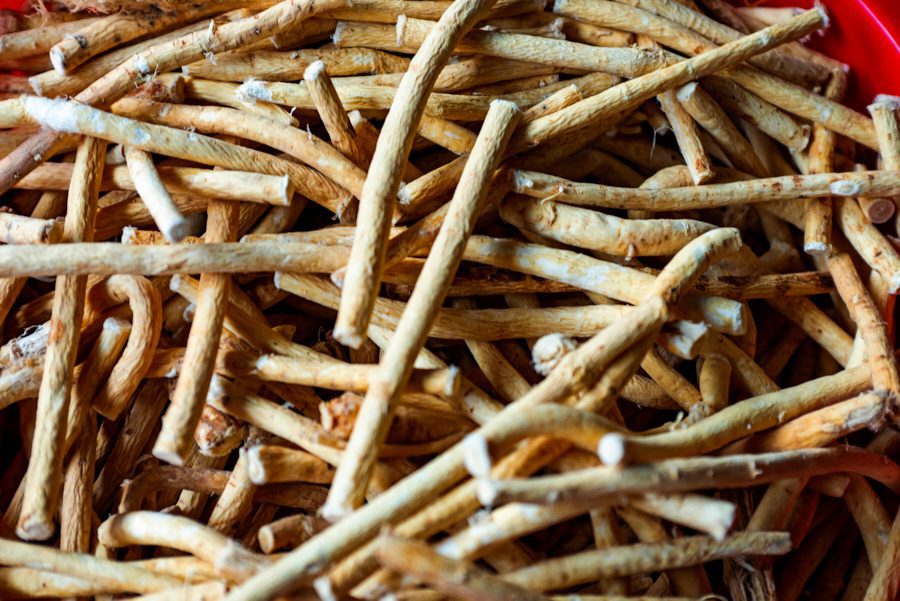
This could, in turn, help manage and control immune-triggered Lyme symptoms.
When put to the test in terms of science, astragalus helping Lyme seems to be a likely prospect, according to this research (and it has proven itself admirably well). Though the article says astragalus may not be an effective herbal remedy for every person with Lyme, it’s undoubtedly an evidence-based, research-supported supplement to consider if one wishes to battle the illness naturally and from an immune-based standpoint.
BURDOCK
There’s good reason to put one’s faith in an herb like burdock for supporting overall health—and Lyme disease too, for that matter. It has plenty of health benefits, and burdock also has incredible immune powers.
For this reason, it may help fight and reduce the risk like the herbs listed above.
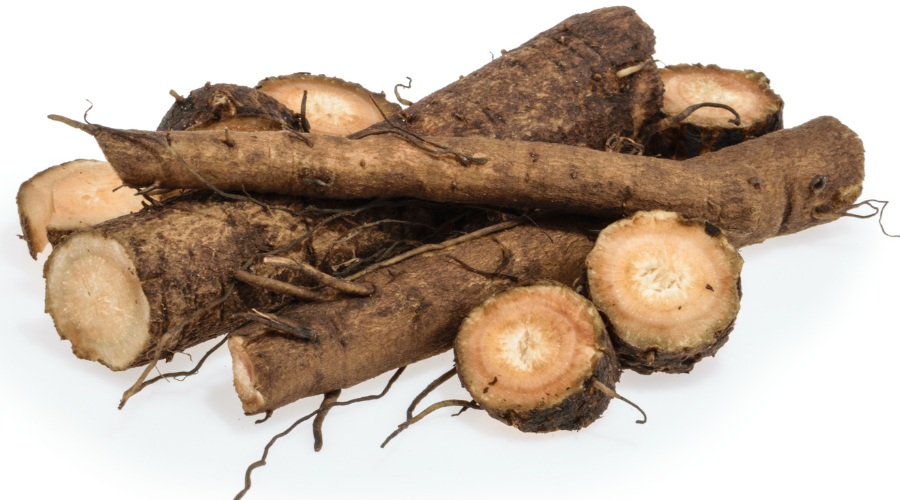
On the other hand, there isn’t a whole lot of research exploring burdock’s benefits for Lyme disease. One article (written and published by a doctor online) mentions burdock as an essential herb in specific formulas that are popularly used to treat Lyme naturally.
Still, the authoring doctor says that these formulas have yet to be thoroughly researched. Considering that burdock is a practically proven anti-inflammatory, antimicrobial (kills bacteria), and an antioxidant, there’s little to make one doubt that the herbal root could be formidable against Borrelia and Lyme in its own unique ways that have yet to be vouched by science—but not by traditional use.
CORDYCEPS
Widely loved by athletes and fitness fanatics, cordyceps may have a little something different to offer those with Lyme disease: and in one word, it’s energy.
Fatigue, both mental and physical, are common symptoms of the illness.
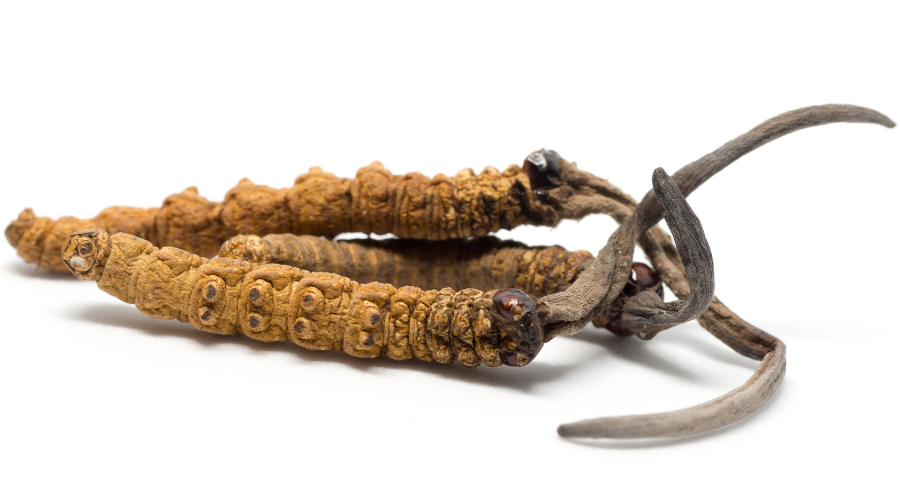
And this applies to those who experience early symptoms as well as those with chronic Lyme disease. With a medicinal mushroom, such as cordyceps, to save the day in terms of energy levels (and a good reason to believe so according to this study), Lyme sufferers struggling with fatigue may find the perfect botanical ally in a strange, unlikely mushroom like cordyceps.
What’s more, the same research recommending astragalus was quick to recommend cordyceps as an ideal natural Lyme candidate, too.
DANDELION
Of all herbal remedies for Lyme, none may be more popular or widely used for the illness among herbalists than the humble dandelion. Folk practitioners are quick to prescribe the little yellow flower for reducing Lyme risk and outbreaks just as much as they recommend it for supporting the illness in the long term.
Strangely, there’s not much science yet explaining dandelion’s favorability.
Antioxidants and immune-boosting qualities in dandelion have been part of some theories. Overall, more studies are needed to support why the plant’s traditional use is deemed so effective.
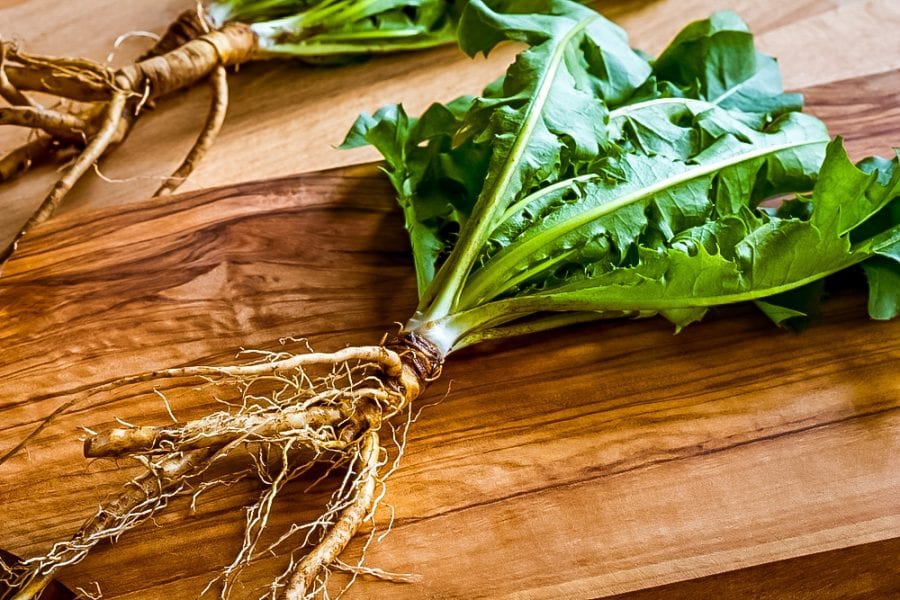
However, this study here has shown that dandelion’s powers maybe something more. Compounds wholly unique to the flower were much more effective against Lyme than most other herbal compounds in the study.
This suggests that this common garden weed has a specific affinity for killing Borrelia—and can thus reduce the chances of one from getting Lyme disease better than almost any other herb.
MAITAKE
Besides cordyceps, maitake is another potent mushroom and a must-have for one’s botanical Lyme lineup. Much like ashwagandha, astragalus, and burdock to an extent, there’s a lot of buzz around maitake’s immune-boosting potential.
Like those herbs, too, it’s bound to work in the same way and on the same level.
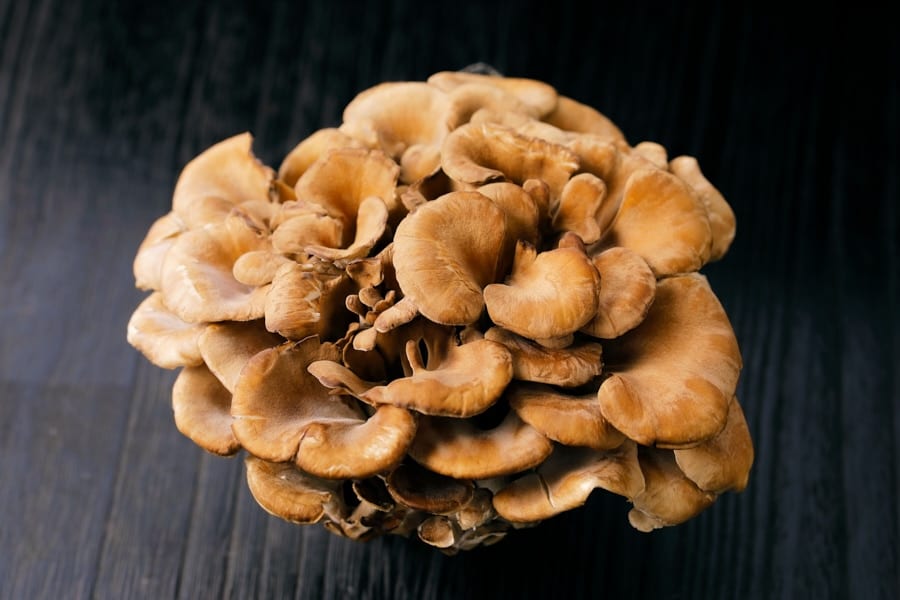
The same research supporting cordyceps and astragalus for Lyme disease also has similar praises to sing about maitake. What’s more, maitake is mentioned in this research as a top source of beta-glucans, medicinal mushroom compounds known to have prized and valued effects for treating Lyme and which can stop it from taking hold— a keen observation made in the study and credited to maitake, too, for that matter.
REISHI MUSHROOM
When it comes to immune-boosting allies to have on one’s side in the fight against Lyme, reishi is undoubtedly not a mushroom to be overlooked.
Reishi has a considerable reputation for helping many areas of health.
With an enormous list of benefits for many issues, benefits for Lyme could very well be added to that list attributed to reishi, too. Studies also suggest it all comes down to reishi’s polysaccharides, which are high in antioxidants and immune-supporting activity.
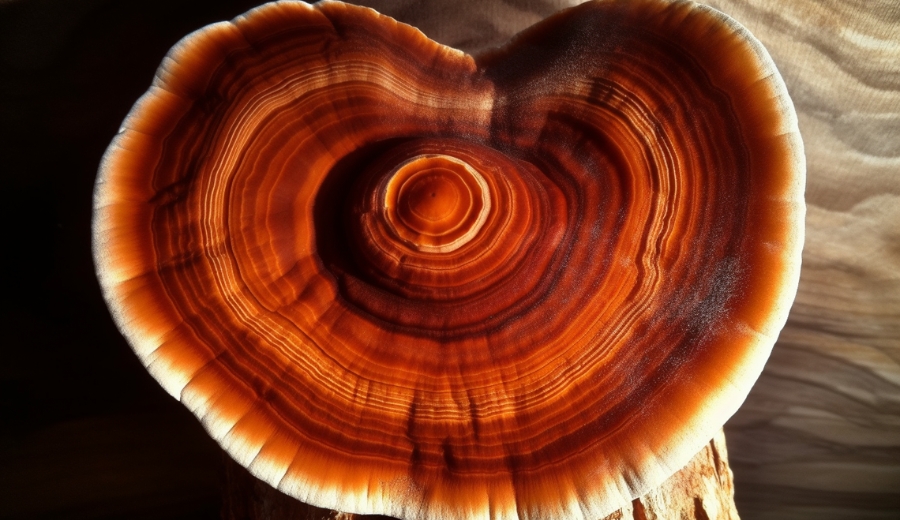
This same research also nods to the mushroom’s longstanding use in traditional Chinese medicine as a top choice natural support for Lyme disease, yet more proof that using reishi for Lyme is definitely worth a try—plus, it also has well known inflammation-fighting properties too, which may help support Lyme pain issues to a limited extent.
SIBERIAN ELEUTHERO
People with Lyme who struggle with low energy and fatigue may find a fondness for an herb like Siberian eleuthero (also known as just eleuthero or Siberian ginseng). After all, there’s a lot of evidence-based use and studies supporting that Siberian eleuthero helps reclaim energy.
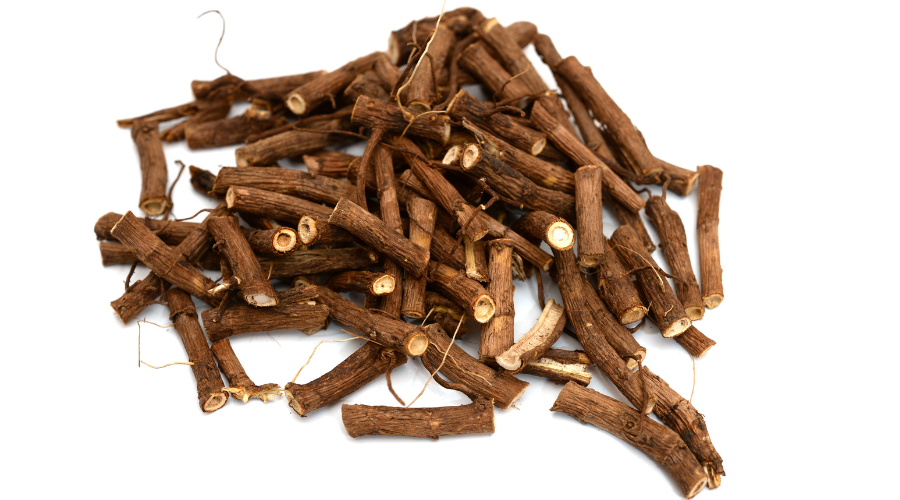
This includes this major review from 2013.
In it, Siberian eleuthero is discussed along with all the proof for why this herb is so incredible for boosting energy—and thus a great natural choice for supporting the low energy and fatigue aspect of Lyme. As a bonus, studies suggest this Asian herb may be useful for inflammation, too, meaning it could also support the pain aspect of Lyme as well.
TURKEY TAIL MUSHROOM
Fresh out of anti-inflammatory and immune-boosting medicinal mushrooms like maitake? Then turkey tail could be another important go-to when it comes to supporting Lyme disease naturally.
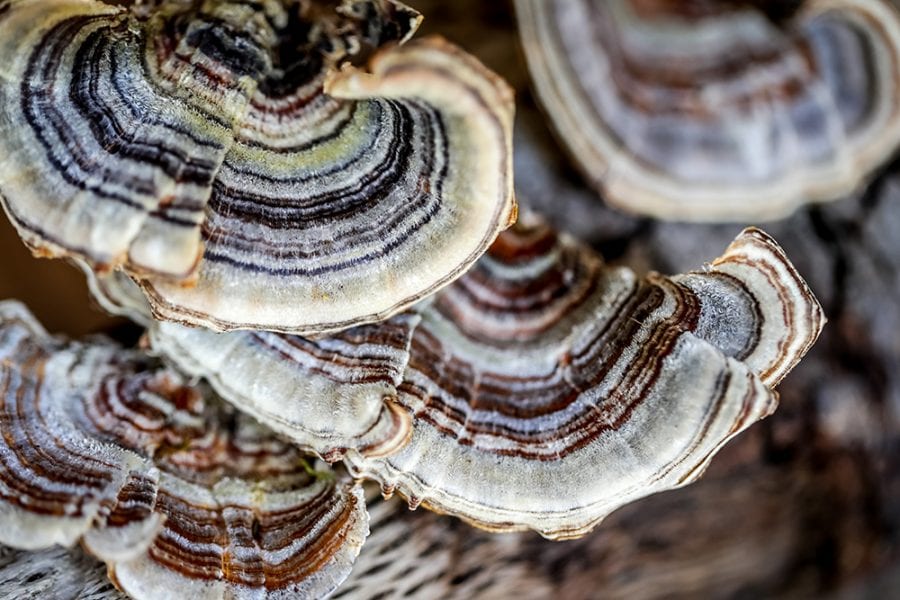
It bolsters immunity to fight Lyme-causing bacteria and also help inflammation.
What better combination could one find for Lyme? Studies suggest this combo may help fight Lyme disease pain and outbreak in one fell swoop—especially considering that turkey tail is chock full of beta-glucans, the anti-Lyme compounds found in maitake mushroom and shown to help Lyme disease, too.
OTHER NATURAL SUPPORT FOR LYME DISEASE
- Essential oils to stop outbreak (oregano, clove, cinnamon)
- Acupuncture (for pain and inflammation)
- Exercising regularly
- Plenty of vitamins and minerals (best through nutrient-dense foods)
- Eating less sugar and processed foods (and inflammatory foods)
Many of the herbs mentioned here have been chosen for our Optimal Immune formula in addition to possibly helping support Lyme disease naturally.
GET SOCIAL – LIKE, COMMENT, PIN, AND SHARE!
Recommended
Discover Gynostemma: Nature’s Answer to Chronic Pain Relief
Pain isn’t always simple. Pain can be acute or intense, but it can also be chronic, subtle, and life-changing. No matter what pain may be like, it can be limiting. More frustrating are the limited …
Elevate Your Memory: Nature’s Best for Cognitive Boost
It can be frustrating, the way it infiltrates anything and everything in one’s routine. At first, we might not be able to put a finger on what’s going on, or even think of it as …
Pine Pollen: The Natural Superfood for Hormonal Health
Pine pollen is a potent superfood that if added to your daily routine can add tremendous balance to your hormone panel. So let’s go ahead and jump in… We tend not to think of pollen, …
- Exclusive Offers
- Product Giveaways
- Latest Research
- New Product Launches


